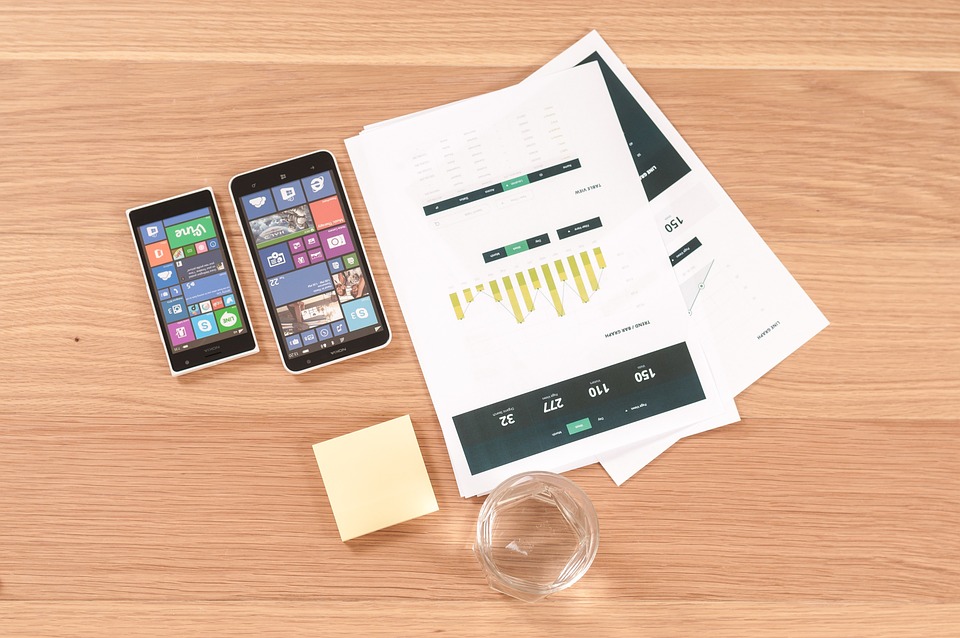In today’s competitive job market, having a diverse skill set is essential for any professional, and this is particularly true for graphic designers. As the demand for visually appealing and engaging content continues to rise, graphic designers are in high demand across various industries. Whether you’re a seasoned professional or just starting your career in graphic design, there are several key skills that you must possess to excel in this field. In this article, we will explore ten must-have skills for a professional graphic designer.
1. Creativity and Design Sense:
Being a graphic designer means being a visual storyteller. To stand out in this field, you must have a strong sense of creativity and design. This skill involves thinking outside the box and coming up with innovative solutions to design challenges. A keen eye for aesthetics and the ability to create visually appealing layouts are also crucial elements of this skill.
2. Proficiency in Design Software:
Graphic designers must be proficient in industry-standard design software such as Adobe Creative Suite, including Photoshop, Illustrator, and InDesign. These tools are essential for creating and manipulating images, illustrations, and layouts. Familiarity with these software programs allows designers to bring their creative visions to life and deliver high-quality work.
3. Typography Skills:
Typography plays a vital role in graphic design, as it involves the art and technique of arranging typefaces. Having a strong understanding of typography and the ability to choose appropriate fonts, sizes, and spacing can significantly impact the overall look and feel of a design. Good typography skills ensure that the message is communicated effectively and enhances the visual appeal of the design.
4. Color Theory:
Colors evoke emotions and have a significant impact on how a design is perceived. A professional graphic designer must have a solid understanding of color theory. This skill involves knowing how colors interact with each other, creating harmony, contrast, and balance in a design. The ability to choose the right color palette can greatly enhance the visual impact and message of a design.
5. Illustration and Drawing:
Being able to create original illustrations and sketches is a valuable skill for graphic designers. Illustrations can add a unique touch to a design and make it stand out from the crowd. Whether it’s hand-drawn or digitally created, the ability to illustrate and draw allows designers to bring their ideas to life and add a personal touch to their work.
6. Layout and Composition:
Layout and composition are fundamental skills for a graphic designer. The arrangement of elements on a page or screen can greatly impact the overall readability and visual appeal of a design. Understanding the principles of layout and composition, such as the rule of thirds and the use of grids, is essential for creating well-balanced and visually pleasing designs.
7. Attention to Detail:
Graphic design requires meticulous attention to detail. From ensuring proper alignment and spacing to checking for typos and inconsistencies, every element of a design must be carefully reviewed before finalizing. Attention to detail ensures that the final product is polished and professional, leaving no room for errors or mistakes.
8. Communication and Collaboration:
Graphic designers often work as part of a team, collaborating with clients, copywriters, and other professionals. Strong communication skills are crucial for understanding clients’ needs, translating their ideas into visual concepts, and effectively conveying your design choices. The ability to listen, ask the right questions, and communicate your ideas clearly is essential for successful collaboration.
9. Time Management and Organization:
Graphic designers often work on multiple projects simultaneously, each with its own deadlines and requirements. Effective time management and organization skills are vital to meet deadlines and deliver high-quality work. Being able to prioritize tasks, manage your workload, and stay organized ensures that you can handle multiple projects efficiently and deliver them on time.
10. Adaptability and Continuous Learning:
The field of graphic design is constantly evolving, with new trends, techniques, and technologies emerging regularly. A professional graphic designer must be adaptable and willing to embrace change. This skill involves staying updated with the latest design trends, learning new software and tools, and continually improving your skills through self-directed learning or professional development opportunities.
In conclusion, to excel as a professional graphic designer, you must possess a diverse set of skills that go beyond technical proficiency. Creativity, proficiency in design software, typography, color theory, illustration, layout, attention to detail, communication, time management, and adaptability are all essential skills that will set you apart in this competitive field. By honing these skills, you will not only enhance your own capabilities as a graphic designer but also increase your chances of success in this dynamic and ever-evolving industry.





